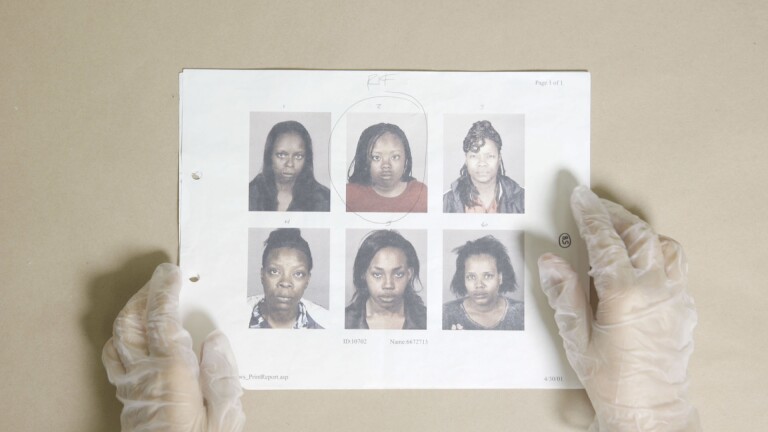
Skin As Canvas: Japanese American National Museum's 'Perseverance' Exhibit
The exhibit is curated by Takahiro Kitamura and photographed and designed by Kip Fulbeck, who has been honored as a Local Hero by KCET.
Tattoos have been around for centuries. In fact, explorer Captain James Cook brought the first literal reference to the term "tattoo" to Europe after his first voyage to Tahiti and New Zealand, according to Evan Senn in KCET's Artbound.
In the 1900s, traditional Japanese tattooing rooted itself within America's mainstream tattoo culture.
For many cultures, tattooing was often used as a healing practice and a symbol of personal identity, criminal branding, and cultural decorations, as Artbound writes.
"SoCal Connected" host Val Zavala recently paid a visit to the museum to learn more about the design and significance behind the tattoos in a special exhibit named after the Japanese word "gaman," which translates to "endurance with dignity, for a purpose."
However, this particular exhibit would probably never appear in Japan. Why? Because tattoos are still scorned in Japanese culture.
"This is an art form that's revered around the world except for in the country of its origin. Japan still looks down on tattoos," says Fulbeck.
Find out more about symbolism and story behind the underground Japanese tattoo scene, and how it has shaped and influenced modern Japanese tattoo art in the U.S.
Featuring Interviews With:
- Kip Fulbeck, photographer























